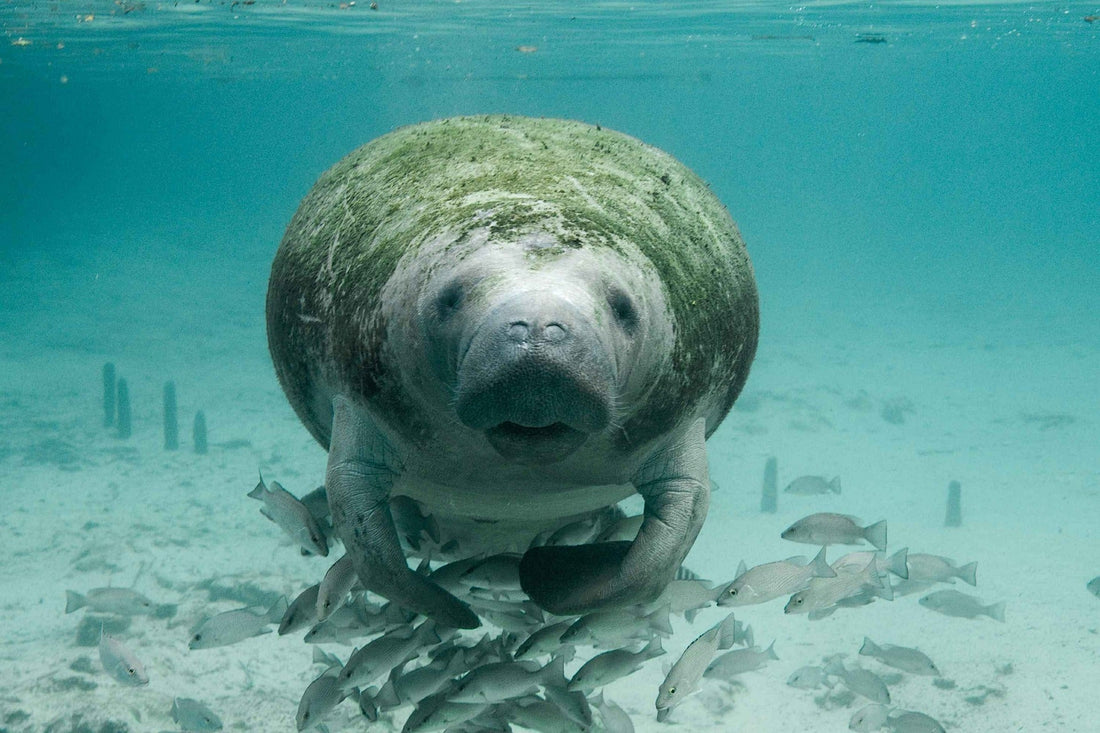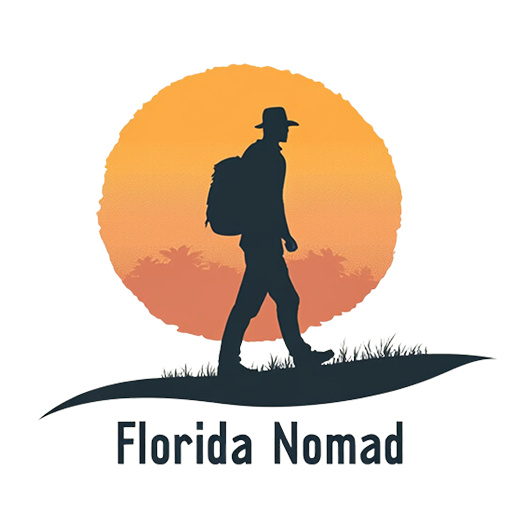
Florida Manatees: When, Where, and How to See Them
Share
Florida manatees pull in visitors to the state's rivers and springs each year. These big herbivores move slow through estuaries, lagoons, and coastal areas. Sightings happen all year, but cold snaps concentrate them at warm spots for easier viewing. Get the timing, place, and approach right for a solid trip.
About Manatees
Manatees grow to 13 feet and over 1,000 pounds, munching on seagrass and plants. They pick shallow, calm waters with food sources and springs. Below 68 degrees, cold stress sends them to refuges. Laws protect them as threatened under the Endangered Species Act; fines apply for harassment or feeding.
As of 2025, Florida's manatee count sits around 6,000, but deaths hit 407 by mid-year, mostly from boat strikes and watercraft issues in Brevard and Lee counties. Recent reports show ongoing concerns with habitat and mortality, though the unusual mortality event on the east coast wrapped up by late 2023.
Manatees need intact grass, clear water, and refuges. Strikes, blooms, and development threaten them. Your role: obey speeds, trash out, support fixes. 2025 saw high deaths, underscoring boat awareness.
When and Where to See Manatees
Cooler months give the top chances for group sightings. November through March draws them to springs and outflows as coastal waters drop in temperature. In warmer periods, they fan out to graze in rivers and bays. Cold fronts boost numbers at key sites—check forecasts and head out early for quiet conditions. January and February often peak, with spots like Blue Spring reporting hundreds. Summer offers fewer reliable views, but rivers like the St. Johns still deliver occasional sightings. August 2025 updates noted manatees lingering at Blue Spring after a mild season.
Both coasts and central areas host manatees. Match your spot to travel and access.
- Natural Springs: Steady 72-degree flows attract crowds in cold weather. Blue Spring State Park in Orange City tops lists with boardwalks and up to 600 manatees on peak days. Crystal River's Three Sisters Springs allows snorkeling in clear water, with seasonal limits to protect animals.
- Power-Plant Outflows and Warm Basins: Winter favorites include the TECO Manatee Viewing Center in Apollo Beach, open November to April with free decks and info. Manatee Lagoon in West Palm Beach features exhibits and cams for year-round checks.
- Rivers, Lagoons, and Estuaries: Mild days scatter them here. Try Moore's Creek in Fort Pierce or Sandsprit Park in Stuart for east coast views. Weeki Wachee Springs and Homosassa offer river paddles and rescued manatees on display.
Go for sites with rangers, signs, and guidelines—they keep interactions safe. Recent tips highlight Silver Springs and Merritt Island for consistent action.
| Location | Best Season | Access Type | Peak Counts |
|---|---|---|---|
| Blue Spring State Park | Nov-Mar | Boardwalks, kayaks | Up to 600 in winter |
| Crystal River NWR | Year-round, peak winter | Snorkel, boat tours | Groups in springs |
| TECO Viewing Center | Nov-Apr | Overlooks | Free, educational |
| Manatee Lagoon | Year-round | Shore viewing | Warm basin, cams |
| Three Sisters Springs | Nov-Mar | Kayak, snorkel | Clear water gatherings |
| Homosassa Springs | Year-round | Decks, boat | Rescued and wild views |
| Weeki Wachee Springs | Winter | Paddling | River sightings |
This table breaks down options for quick picks.
How to View Them Responsibly

Stay passive to avoid stress. Manatees react to noise and movement.
- Watch from 50 feet or more; let them approach.
- Extra space for resting or mother-calf pairs.
- Float flat on the surface in water—no dives.
- Go slow, cut splashes, and talk low.
- No feeding, watering, or contact.
- Honor sanctuaries and closures.
Passive observation keeps them calm and natural.
Follow speed zones to prevent hits. Use polarized lenses to spot signs like noses or backs. Navigate channels, spare grass, and anchor soft. Steer clear of swimmers and flags. In paddles, drift for close but safe views.
Hold several body lengths back; never block paths. In water, float without grouping up. Follow on-site staff and signs. Report issues via hotlines at locations.
Long lenses from land work best. No flash or drones in restricted spots. Catch natural shots without changes. Put animal ease first.
Planning Your Trip
Gear up for the day:
- Binoculars for shore spots.
- Wetsuit for chilly swims.
- Mask, snorkel at open areas.
- Water bottle, sun gear, sturdy shoes.
- Zoom lens for photos.
These cover basics without extras.
Hit a spring post-cold night for boardwalk walks and sign reads. Spot rolls, tails, and breaths. Mild afternoons fit guided paddles—drift and stay quiet. Add a center visit for rescue stories and migration info.
Bottom line: Winter mornings at managed sites yield top sightings. Distance, quiet, rules followed mean good shots, relaxed time, and help for these locals.
